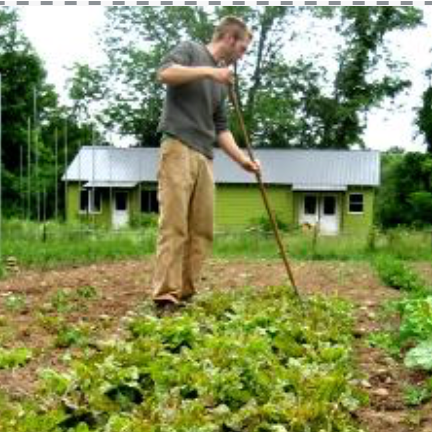
5 Misconceptions About Growing Lettuce
Spring has officially arrived, the calendar tells us so, but (finally!) so do the first faint signs: a few brave birds singing, brighter and longer days, and a rare warm breeze. It's time to clean-up the garden and sow seeds for your first meals from the garden. Leafy salads are a staple of spring harvests and the humble and adaptable lettuce is the staple of most gardeners' leafy salads. Most think of lettuce as easy to grow, which it is, but several pernicious misconceptions about growing it persist. Time for some Lactuca debunktiva!
Misconception 1: Lettuce can only be grown well in spring. While lettuce is absolutely a terrific performer in the spring, it's easy to have plenty of lettuce almost year-round if you pay attention to sowing methods. Lettuce is a cool-weather germinator; it doesn't like to sprout in temperatures above 75 or 80 degrees. It also prefers cool conditions for the production of full, glorious heads. Lettuce sown for mid- to late-summer harvest will usually germinate just fine in the relative cool of May and early June, but it will often struggle to produce full heads before bolting in the summer heat. Rather than fight this tendency, embrace it: simply by sowing frequently (and densely) in May, June, and early July (say once every 7-10 days) you'll be assured of a steady crop of younger leaves--leaves that stay sweet and fresh even in dry hot weather. Lettuce is a superb performer in the fall--it just needs some help germinating in mid-summer heat. Two options: either start your lettuce in trays in a shady location (or even indoors in air conditioning--whatever's handy!) or cover direct-sown seeds with shadecloth or semi-loose straw mulch after sowing to shade the soil surrounding the seeds. Fall lettuce will head up beautifully, so wider spacing is advised. As fall fades into winter, go back to dense sowings under protection (row cover or a cold frame) for lettuce into January and beyond, depending on the severity of the winter.
Misconception 2: Growing heading lettuce is difficult. While I do recommend harvesting prior to heading up for summer crops, it's quite straightforward to get a head of lettuce in spring or fall/winter. The key is space: each lettuce plant needs to spaced at least 12 inches from each other lettuce plant in order for a nice full head to form. Tighter spacing than this and you're creating the perfect conditions for premature bolting.
Misconception 3: You only need to sow lettuce once, then you can just keep cutting it. Yes, lettuce does perform admirably as a cut-and-come-again crop. However, that doesn't mean you can start a lettuce patch in March and then keep harvesting the same plants until Christmas time! Each patch given this treatment will produce a maximum of three quality harvests (sometimes only two) before the flavor of the leaves declines. Bitterness, toughness, and poor color are all the nearly inevitable result of trying to pull along a cut-and-come-again patch for too long. It's much smarter just to keep on sowing seeds even when you've got a great patch going. In a month or so, you'll be glad you did!
Misconception 4: Lettuce should be started early indoors. Especially in the spring, it's unnecessary to do anything special at all for your lettuce sowings. Lettuce is quite hardy, especially when young, and can be direct sown outdoors with the peas and spinach--as soon as the ground can be worked. It will not grow too quickly until temps are regularly 60 degrees or so, but it will catch up to seeds started indoors quickly.
Misconception 5: Once lettuce starts to bolt, it's useless. Not true! Check out this recipe for lettuce soup. Stem lettuce appears in traditional Chinese cuisine a stir-fry ingredient; harvesting the whole plant as soon as it starts to bolt allows you to use it the same way. Just don't wait too long--the more the plant bolts, the more hollow and unappealing the stem becomes.







